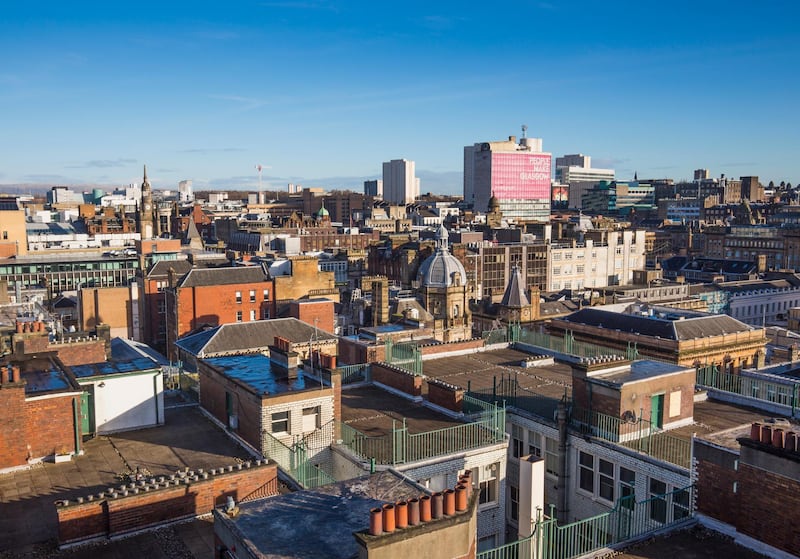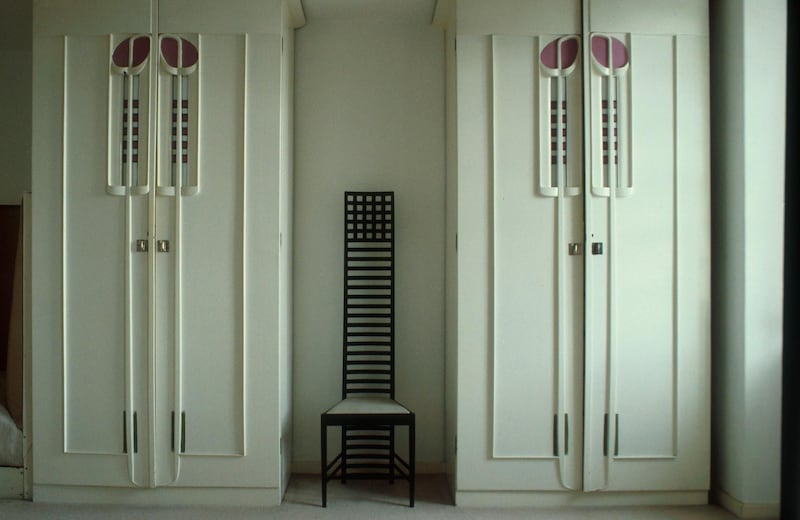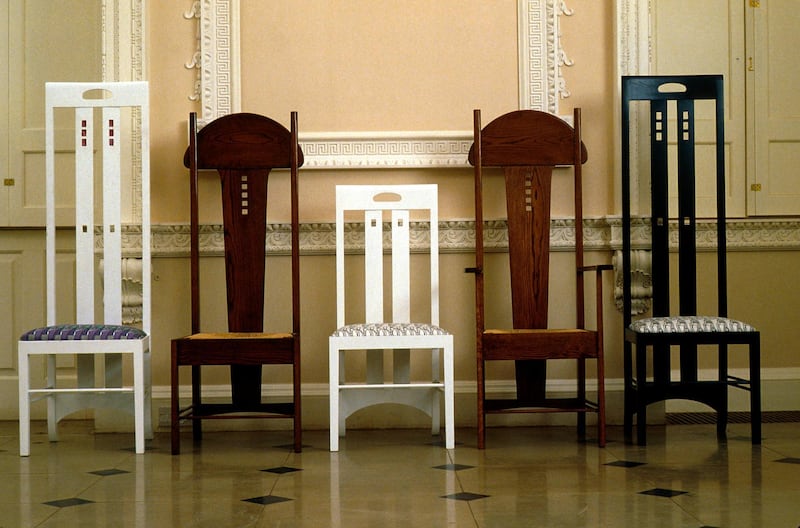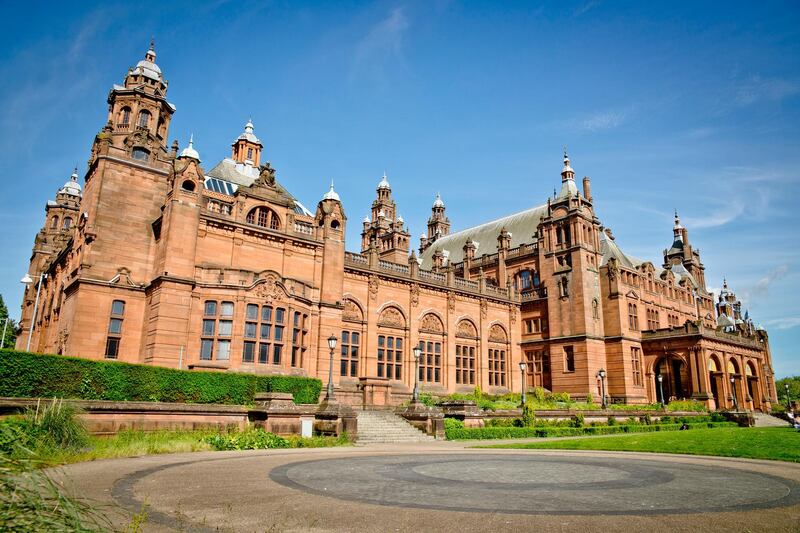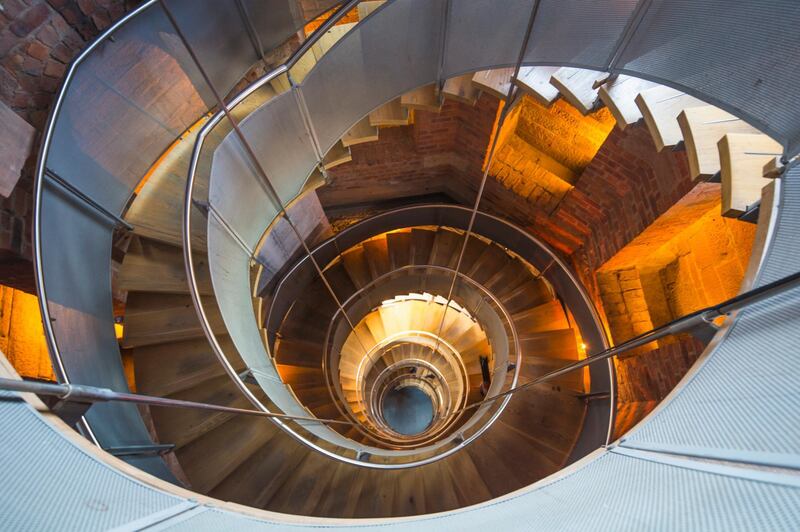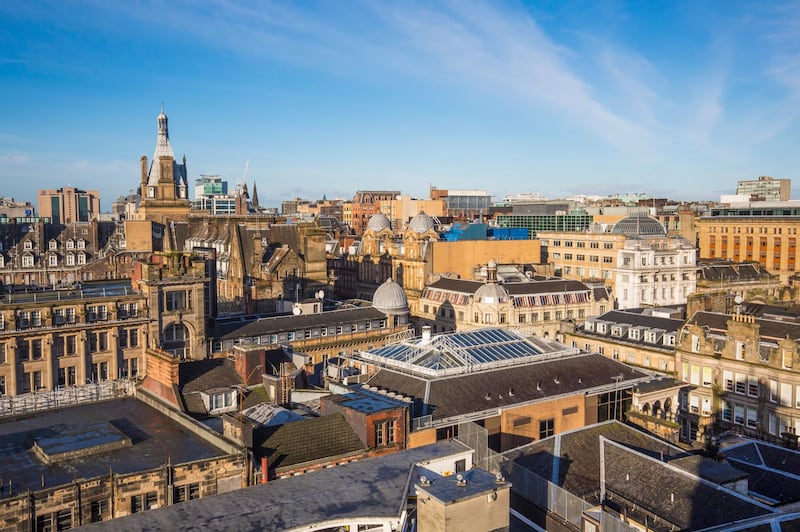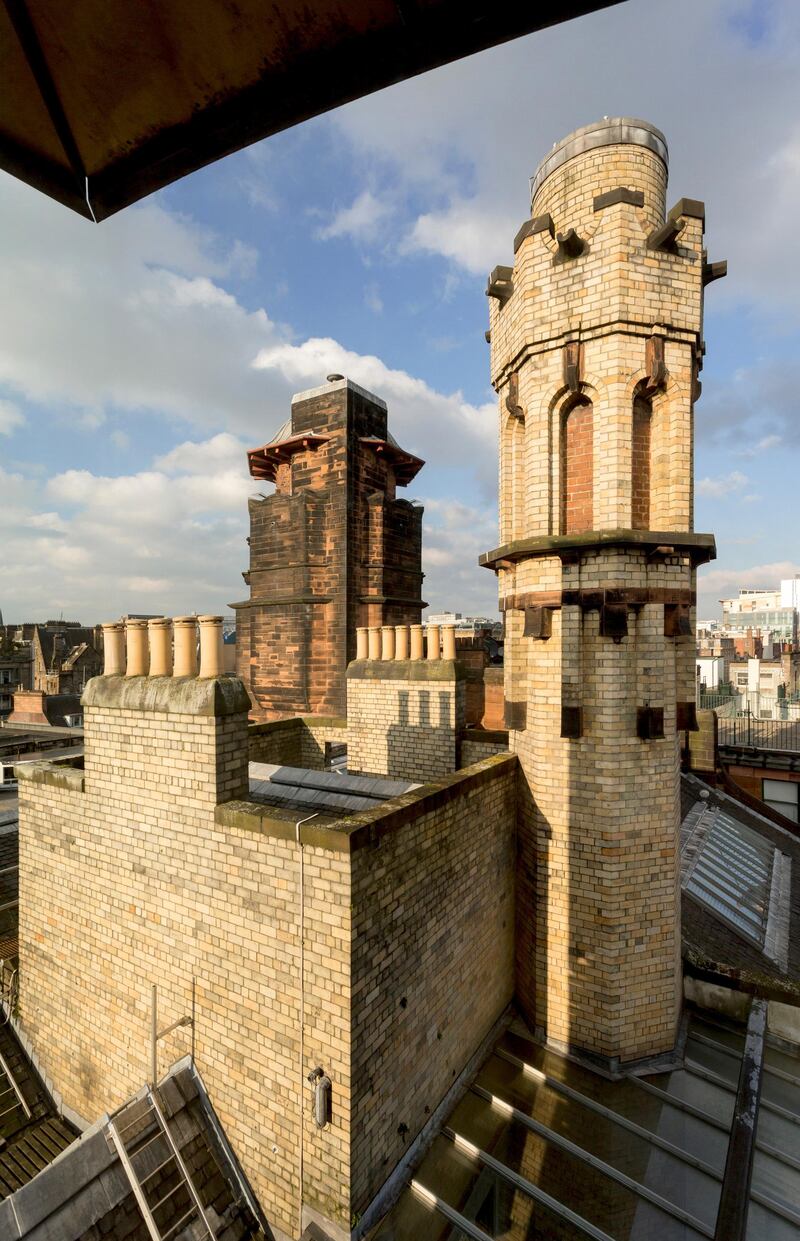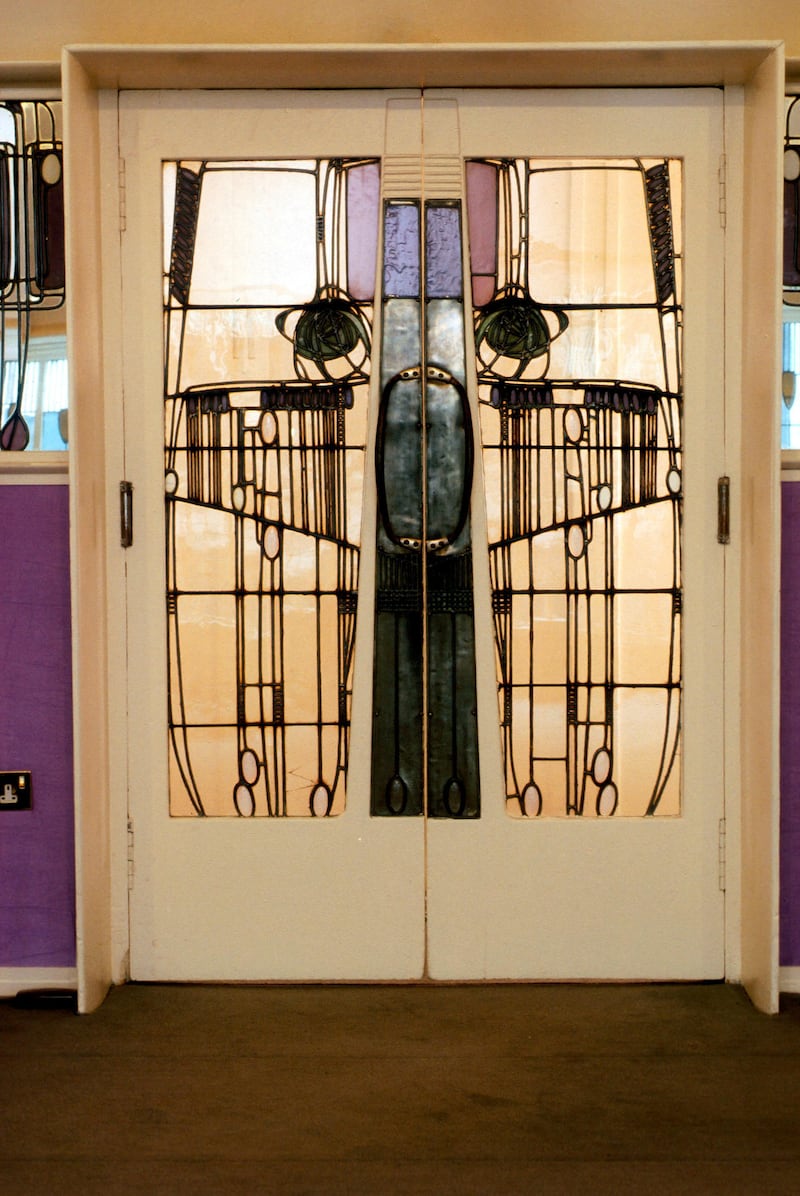"People Make Glasgow," as the signs read. The city's five-year-old tagline is one of the most reasonable and honest of any tourism campaign – it doesn't say whether people make it better or worse, simply that they are its most vital component. Yet there are certain figures from Glasgow's long and complicated past who more literally made Scotland's largest city. Of that illustrious list, few names shine quite so brightly as that of Charles Rennie Mackintosh.
This is especially true this year when the city is celebrating its most renowned architect's work 150 years after his birth. Throughout the year there have been special exhibitions, tours, lectures, reviews and events on across the city. There has also been an entirely unplanned tragedy – more on that shortly. This refocusing on Mackintosh's life and work is useful for visitors to Glasgow, but it has also been useful for me, one of its residents.
For all I extol the city's virtues, it wasn't until this year and the push to reignite interest in his work that I realised how shamefully ignorant I was about Mackintosh's life. I decided to start my education at the grand Kelvingrove Art Gallery and Museum in the city's West End.
Located just outside the historic University of Glasgow campus, this palatial red sandstone building has a permanent Mackintosh collection on display, but this year it also has a deeply researched guest exhibition.
To promote this, the front of the museum bears a large awning with the most recognisable photograph of the master designer looking out across to Kelvin Hall exhibition centre. Taken when he was in his mid-20s, the photo shows Mackintosh unsmiling, though his eyes hint at gentle amusement.
Inside, the exhibition at Kelvingrove Art Gallery and Museum leads you through Mackintosh's artistic processes – from draughtsman to artist, to interior designer to architect and then through to his final days, when he returned to his first love of painting in England and France. Mackintosh may have spent the second half of his life abroad, but he was never as successful as he was in his hometown. Still, he hardly seemed to make it easy for himself – bucking against popular Greek and American Art Deco influences, along with a few other designers, he pioneered what became known as the Glasgow Style.
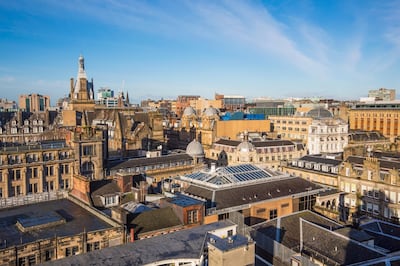
The designer and architect was inspired by other artistic movements, notably those of Japan, which reluctantly opened to the world in 1853 after a self-imposed exile of more than two centuries. The artwork that arrived on slow ships in the following years must have appeared to artists like the young Mackintosh as though it had been sent from another planet. The simplicity of those designs, the focus on nature, the elongated figures – all of these characteristics and the fluid, organic shapes of the Art Nouveau movement found their way into Mackintosh's work.
As simple as they sound, one of his most famous designs was for high-backed chairs, still popular today and sold for exorbitant amounts. Posters he designed as a student became equally famous, in part because of the extraordinary font he created for them. Although those elements can be found individually around the world today, it's his architecture in Glasgow that draws tourists from all over the world.
Born into a working-class family in 1868, Mackintosh's hometown was by turns desperately poor and fabulously wealthy. It was a city of tremendous industry, particularly shipbuilding – the vessels that would go to war in the name of the British Empire were mainly built here.
Captains of industry grew fat and rich, trading tobacco, whale oil and cotton around the world. Another industry grew to insure those ships. If you were in the right business, Glasgow was a great place to be, at one earning the title of Second City of the British Empire.
The world's third-oldest underground rail network was built here in 1896 – and still runs today – in order to ease the increasing traffic on the streets. Huge amounts of money were spent on grand architectural endeavours, vanity projects for their wealthy owners. Football clubs, including arch-rivals Rangers and then Celtic, were established in the last quarter of the nineteenth century.
The Glasgow of the Victorian Age was a boom town, but on the wrong side of the tracks it was also a squalid, violent place, home to gangs, destitution and high infant mortality, pollution, black lung, and death in a hundred different guises. Mackintosh grew up somewhere in the middle, the fourth of 11 children, raised in the east of the city. One way or another, he decided that Glasgow deserved better and, before he was 30, he would be changing its skyline with innovative designs that still seem futuristic today.
Of these, by far the largest and most beloved is the Glasgow School of Art, which Mackintosh designed having won a tender in 1897. It’s there I start a walking tour organised by students of the school to go out and see some of the remaining architecture from the Victorian age. I feel particularly ready to see the Art School, having never made time before, but – alas – it is not quite ready for me.
In the lexicon of Glasgow tragedies, few were felt quite so keenly as the 2014 fire at the Glasgow School of Art. Luckily no one died, and Glaswegians were soon looking forward to the building’s rebirth. However, just a couple of weeks after my tour, almost unbelievably it caught fire again. Again, no one died, but again the city fell into grieving. Now there is debate about whether or not to once more resurrect this masterpiece or build anew elsewhere.
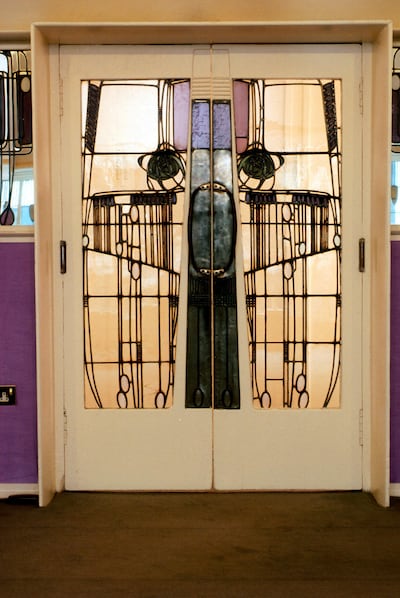
Yet, just as one of his designs has waned, another is waxing. Timed to coincide with the 150-year anniversary, Mackintosh at the Willow (formerly the Willow Tearooms) has reopened as a restaurant, tearoom, and event space. The interior and exterior were designed by Mackintosh, all of which has been painstakingly recreated. Mackintosh was a designer who did it all – often creating stylish furniture, clocks, lights, wallpaper and other fittings as well as blueprints for buildings.
Walking past here, I follow my guides down towards the spectacular Central Station, which wasn’t designed by Mackintosh but would certainly have been used by him as he took trains south to London. Along the way, we’re encouraged to look up, above the Starbucks and the Pret A Mangers and the Burger Kings to see the century-old works of duelling architects trying to out-do each other with their ideas.
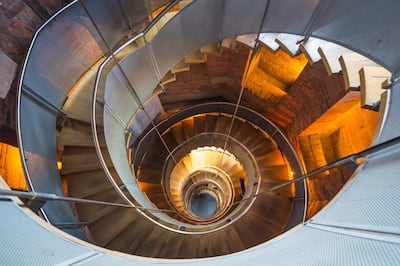
Mackintosh's second-largest design after the School of Art is also a little obscured. The old Herald building lies almost in the shadow of a large multistorey car park, despite having been repurposed as an artistic hub. Now known as The Lighthouse, it is Scotland's Centre for Design and Architecture and also has a small Mackintosh museum of its own.
